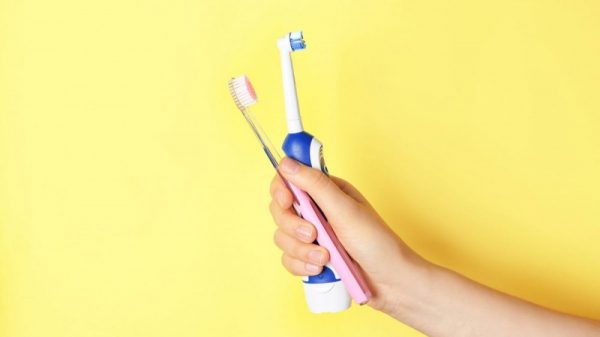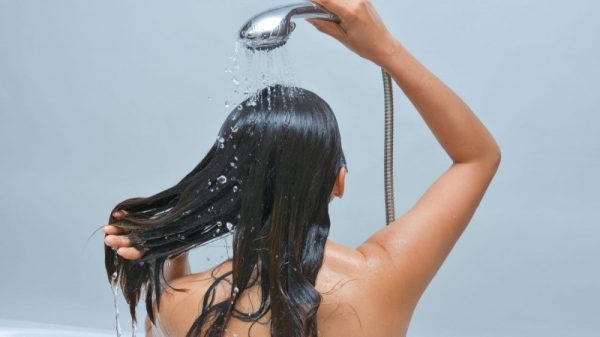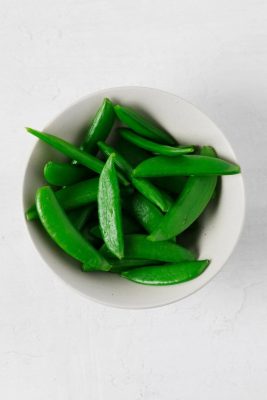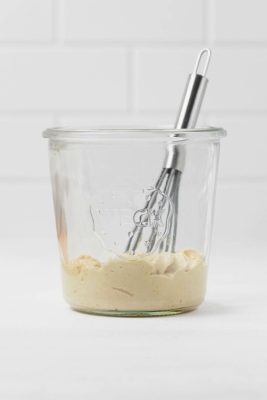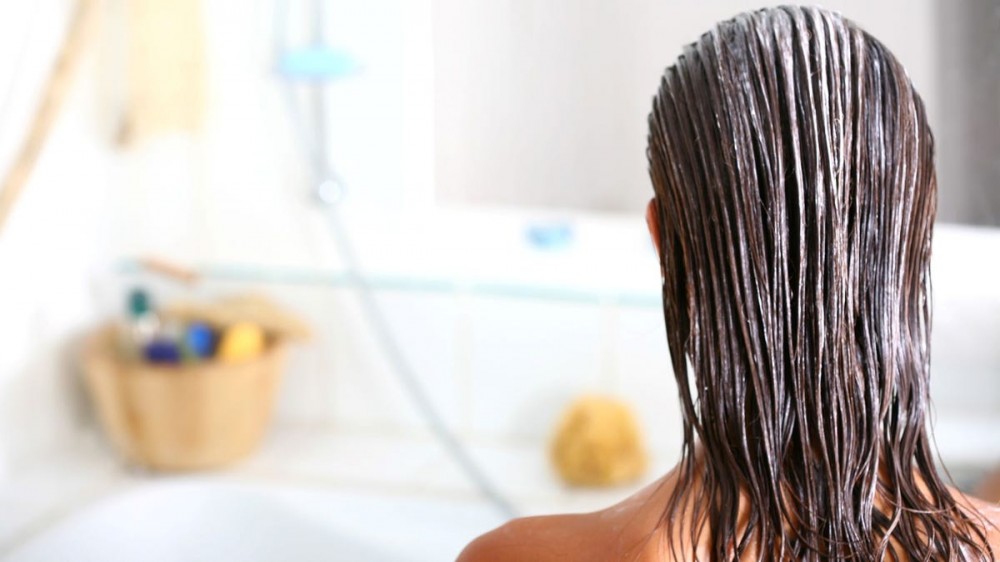

Conditioning is a key step to keeping your hair healthy and beautiful, but how often should you do it? We sought an expert’s advice to help you figure out the perfect conditioning schedule for you.
Many people condition their hair every time they wash it, while others forget to do so, or just never do. To find out what the best conditioning routine is, we consulted Dr. Marisa Garshick, board-certified dermatologist, to get the lowdown.
How Often Should You Condition Your Hair?
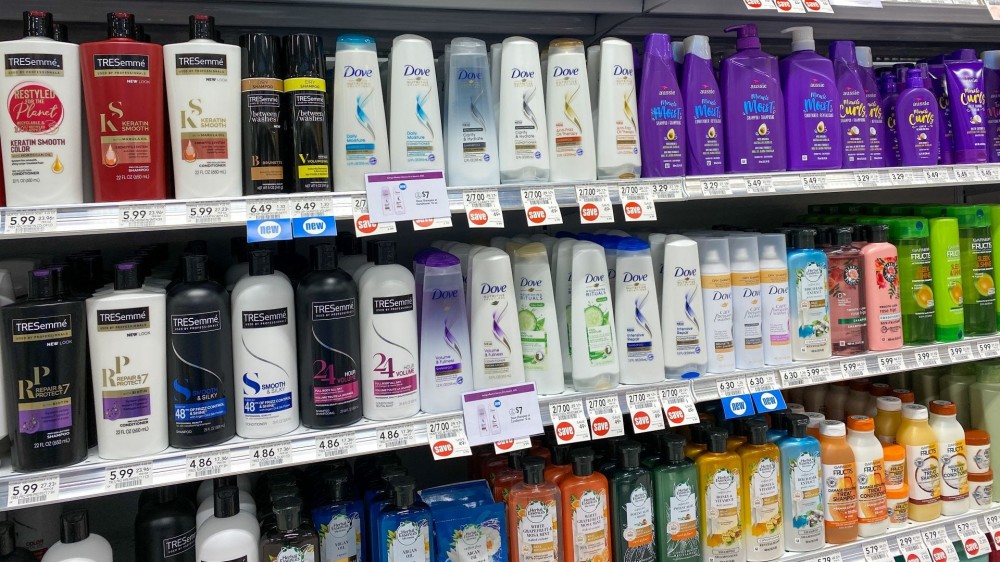
In general, Garshik advises conditioning after every wash, especially if you have thick hair that’s prone to knots, or dry and brittle strands. However, this guidance isn’t one-size-fits-all. Depending on your hair’s texture and type, conditioning on a different schedule might produce better results.
“If you have oily or fine hair,” Garshick said, “you may not need to condition as often, as this can weigh the hair down.”
It’s important to note that “every wash” doesn’t mean every day, either. For many people, shampooing daily actually causes more harm than good. Your individual washing and conditioning routine might be every other day, a few times a week, or even less frequently, depending on your hair’s texture and style.
Where Should You Apply Conditioner?
How you condition your hair is just as important as how often. To get the best results, you want to make sure you’re applying it properly.
“Be sure to concentrate shampoo on the scalp and focus the conditioner on the tips of the hair,” Garshick said.
Conditioner applied too close to the scalp and the roots of your hair can, in some cases, cause your hair to look greasy and weighed down, even if it’s just been washed.
Because conditioner is designed to smooth, detangle, and replenish the oils and moisture you lose from washing, it’s best to target the most affected areas of the hair. These tend to be about halfway from the roots, down to the ends.
After you apply it, leave your conditioner on for at least a few minutes. You can save water and turn off the shower while you let the conditioner penetrate your locks. Or, you can wash your hair first, and then let the conditioner sit while you do the rest of your shower routine.
Use cooler water to rinse out your conditioner, as this will lock in the moisture and prevent your hair from frizzing.
Should You Co-Wash?
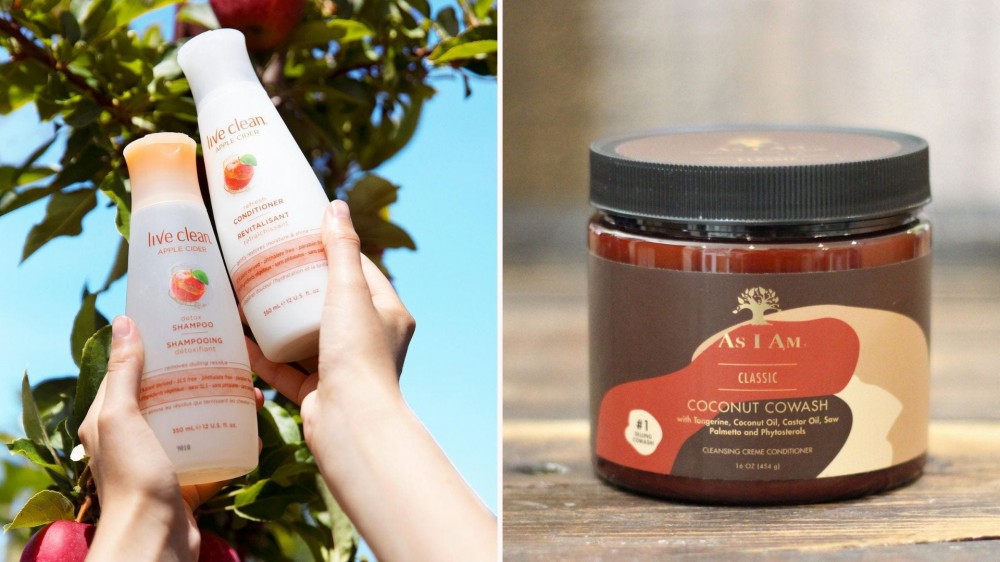
There’s another option out there when it comes to conditioner, and it’s called co-washing. This is, essentially, washing your hair with conditioner only. This has long been a popular practice of people with textured, curly, natural, and/or very dry hair.
The idea is to use the mild ingredients in conditioners to very lightly clean your hair, while focusing mostly on replenishing moisture and repairing dry hair, breakage, and more.
Co-washing isn’t right for everyone, though. For example, people with fine, straight, or oilier hair should probably avoid it, as it might make your hair look limp and greasier. For those who do co-wash, it shouldn’t be a complete replacement for shampoo—you should still do that at least once a week.
You’ll want to use a gentle shampoo to wash away any excess oil, sweat, grime, or product buildup. If you want to try co-washing, look for a conditioner that is silicone-free. Commonly used as a smoothing agent, silicone will coat and weigh down your hair.
We like this apple cider vinegar formula from Live Clean, or a specialized co-washing product, like As I Am Coconut Cowash.
Conditioning is an important part of any hair care routine. Whether you have straight, curly, thick, or fine hair, these tips will help you keep your locks looking strong, healthy, and ready to style.



